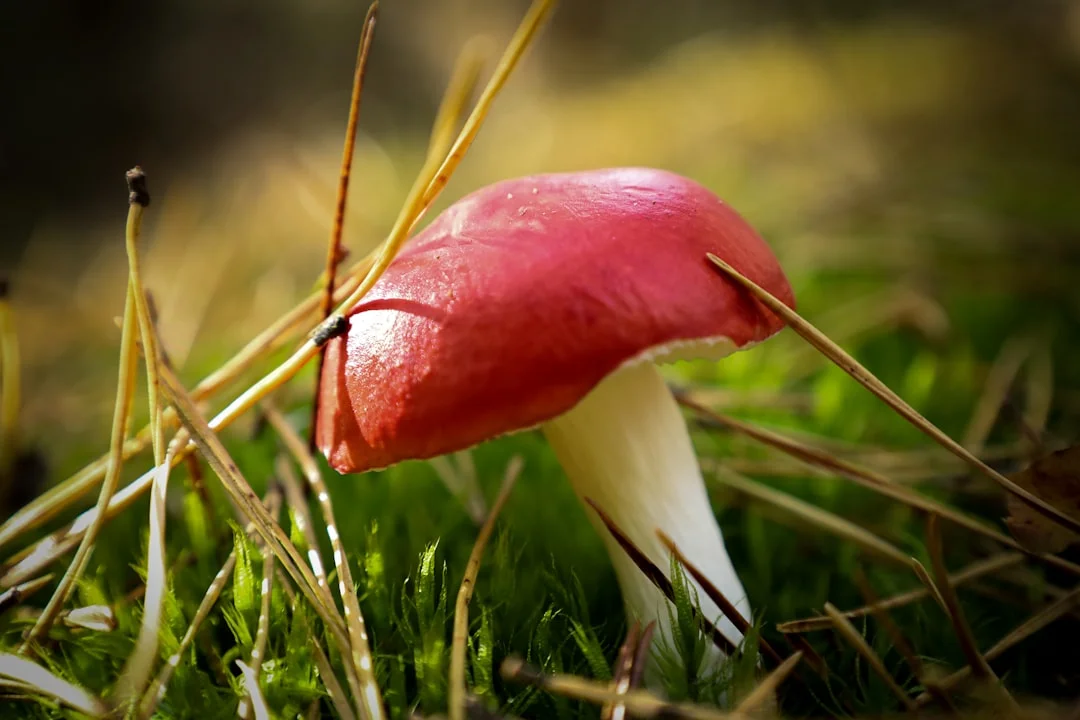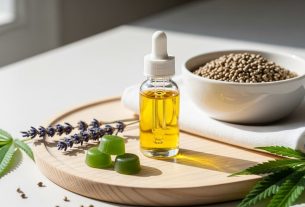Estimated Reading Time: 7 minutes
WW‘re all exposed to toxins every single day. They’re in the air we breathe, the food we eat, and even the products we use on our skin.
While it’s impossible to completely eliminate exposure, learning how to reduce exposure to toxins is a crucial step towards better health and well-being.
This isn’t about extreme cleanses or expensive supplements; it’s about making informed choices that empower you to live a healthier, more vibrant life.
Let’s dive in, shall we?
Before we talk about solutions, let’s clarify what we’re dealing with.
Our bodies are incredibly resilient, designed to handle a certain level of toxins.
But when the load becomes too high, our detoxification systems – primarily the liver, kidneys, and skin – can become overwhelmed.
This can manifest in various ways, from fatigue and skin issues to more serious chronic conditions.
It’s about being mindful and taking proactive steps to reduce exposure to toxins. Recognizing this load is step one of the journey.
Imagine this: Sarah, a busy marketing executive, started experiencing persistent headaches and digestive issues.
After months of doctor visits, she realized the culprit might be her environment.
Her desk was crammed with plastic containers, and the air in her office was often stuffy.
By making simple swaps – using a glass water bottle and opening windows more often – Sarah’s health improved dramatically.
This simple story illustrates how small changes in our daily lives can significantly impact our toxic load.
Our diet is a major source of toxin exposure.
Processed foods, laden with additives, preservatives, and artificial ingredients, contribute significantly to our toxic burden. The good news?
We have control over what we eat. The first step is to make conscious food choices to help reduce exposure to toxins.
Focus your diet on whole, unprocessed foods. Think fruits, vegetables, lean proteins, and whole grains.
These foods are naturally lower in toxins and provide essential nutrients that support your body’s detoxification processes.
Aim for variety, choosing a rainbow of colorful produce to ensure a wide range of vitamins and antioxidants.
Incorporate plenty of fruits and vegetables, ideally organic if your budget allows.
Remember, the more whole foods you consume, the less room there is for those processed culprits.
When possible, opt for organic produce.

Organic farming practices avoid synthetic pesticides and herbicides, thus helping you reduce exposure to toxins.
Support local farmers markets for fresher, seasonal produce.
And be mindful of the source of your protein; choose grass-fed beef, pasture-raised poultry, and wild-caught fish whenever you can, which tend to be lower in toxins and higher in essential nutrients.
Consider the’Dirty Dozen’and’Clean Fifteen’lists from the Environmental Working Group (EWG) as a guide for pesticide residue levels in produce.
Beyond food, our environment is another significant source of toxins.
Everything from cleaning products to personal care items can contribute to our daily exposure.
One of the most impactful things we can do is to reduce exposure to toxins by creating a safe and healthy living space.
Start by evaluating the products you use daily. Swap harsh chemical cleaners for natural alternatives.
Baking soda, vinegar, and essential oils can work wonders. Consider using air purifiers to remove pollutants and allergens.
Open windows regularly to improve ventilation and let fresh air circulate.
These simple steps can significantly decrease your exposure to harmful chemicals in your home.
Read labels carefully on personal care products. Many contain potentially harmful ingredients like parabens, phthalates, and synthetic fragrances.
Opt for natural and organic alternatives. Consider making your own skincare products using simple ingredients.
These might include natural oils for hair, which have fewer ingredients than those store-bought brands.
Remember, what you put on your skin is absorbed into your body.
Our lifestyle choices significantly impact our body’s ability to detoxify. It’s not just about what we *avoid*; it’s also about what we *embrace*.
Many of us are exposed to pollutants from things we don’t even think about.
So, how do you enhance your hair care routine?
Staying hydrated is essential for optimal detoxification. Water helps flush out toxins through our kidneys and skin.
Aim to drink plenty of water throughout the day.
Regular physical activity, as simple as a daily walk, supports lymphatic drainage, another key detoxification pathway.
Exercise also boosts circulation, which helps transport toxins out of the body.
Exercise and adequate water intake play a vital role in helping you reduce exposure to toxins.
Prioritize sleep. During sleep, our bodies repair and regenerate. Chronic sleep deprivation can impair detoxification processes.

Aim for 7-8 hours of quality sleep each night. Also, stress can hinder our body’s ability to detoxify.
Incorporate stress-reducing practices like meditation, yoga, or spending time in nature into your daily routine.
Remember to practice self-care so your body is less susceptible to exposure from toxins.
Take, for example, Mark, a software engineer. He struggled with chronic migraines for years.
After researching how to reduce exposure to toxins, he swapped out his plastic water bottle for a stainless steel one, switched to natural cleaning products, and started eating more organic produce.
Within a few months, his migraines significantly decreased, leading to better productivity and improved well-being.
This positive change also inspired his family to adopt healthier habits, creating a ripple effect of wellness.
Another person, Emily, began by focusing on her diet. She noticed a difference by simply adding a small amount of whole foods to her diet.
As a single mother, she had very little time for herself, but by taking small steps and focusing on what she could control, she started to feel better.
This not only improved her health but also motivated her to explore other ways to reduce exposure to toxins in her life.
The journey of how to reduce exposure to toxins isn’t about overnight transformations; it’s about embracing a series of sustainable, gradual changes.
Don’t get overwhelmed. Start small, focus on one or two areas, and gradually expand your efforts.
Celebrate your progress, and remember that every step you take is a step toward a healthier, more vibrant you.
This isn’t just about eliminating toxins; it’s about empowering yourself with knowledge and choices.
By understanding the sources of toxins and making informed decisions, you can create a healthier, more balanced life.
From food to environment and lifestyle, every conscious choice you make contributes to your overall health and helps you thrive.
What are your next steps?
Frequently Asked Questions
What are some common sources of toxins in our daily lives?
We encounter toxins everywhere! Some common sources include processed foods with additives and preservatives, pollutants in the air (especially in urban areas), chemicals in cleaning and personal care products, and even the materials used in our homes, like certain plastics and fabrics.
Exposure to pesticides through non-organic produce and industrial pollutants is also a concern.
Is it necessary to do a detox cleanse to reduce toxin exposure?
Not necessarily. While some people feel better after a detox cleanse, our bodies have built-in detoxification systems like the liver and kidneys. A better approach is to focus on supporting these systems with a healthy diet, regular exercise, sufficient sleep, and stress management.
This proactive approach can provide significant health benefits without the need for extreme measures like a quick cleanse.
What role does diet play in reducing toxin exposure?
Diet is a cornerstone. Consuming a diet rich in whole, unprocessed foods like fruits, vegetables, and lean proteins is key. These foods are naturally lower in toxins and provide essential nutrients that support detoxification.
Minimizing processed foods, sugary drinks, and excessive amounts of unhealthy fats will also significantly reduce your toxic load. Choosing organic options can reduce pesticide exposure, especially when you eat produce that is prone to pesticides.
How can I make my home a healthier environment?
Start by swapping out harsh chemical cleaners for natural alternatives like vinegar, baking soda, and essential oils. Opt for natural and organic personal care products. Improve indoor air quality by using air purifiers and opening windows regularly. Reduce the use of plastics, especially for food storage.
These simple changes can significantly reduce your exposure to harmful chemicals at home and promote a healthier living space.



